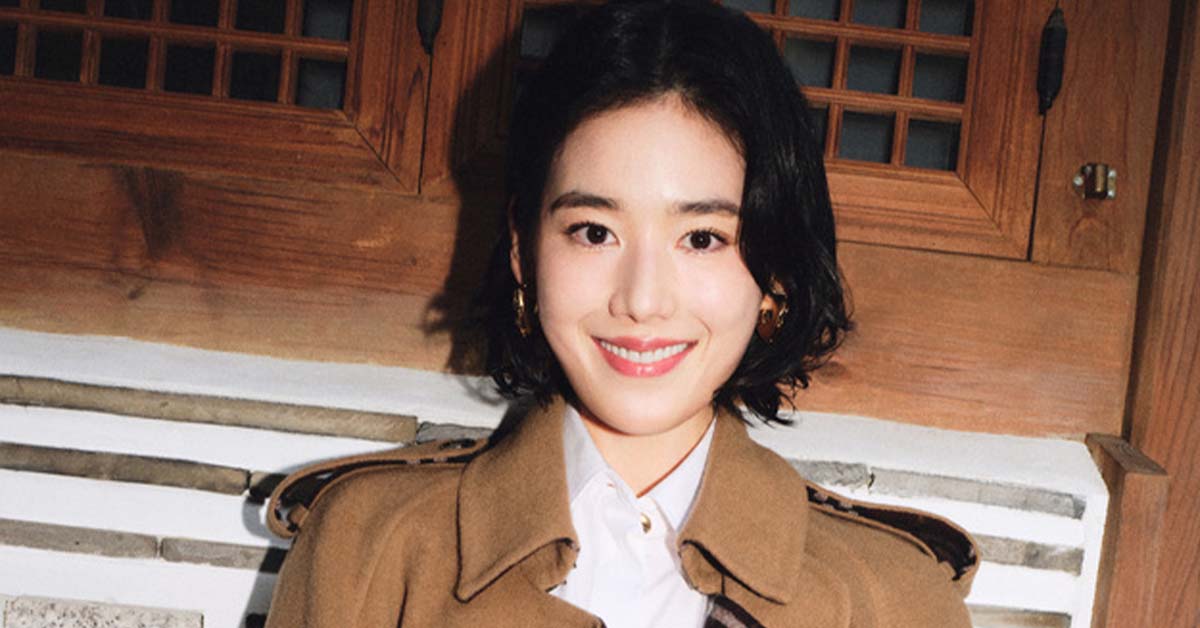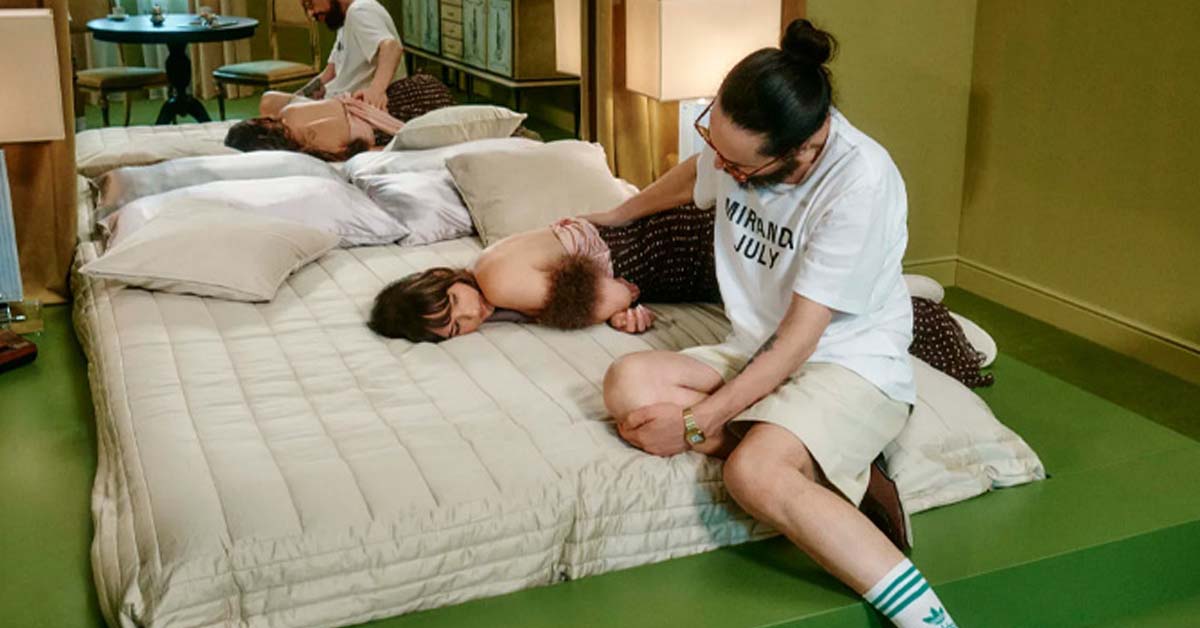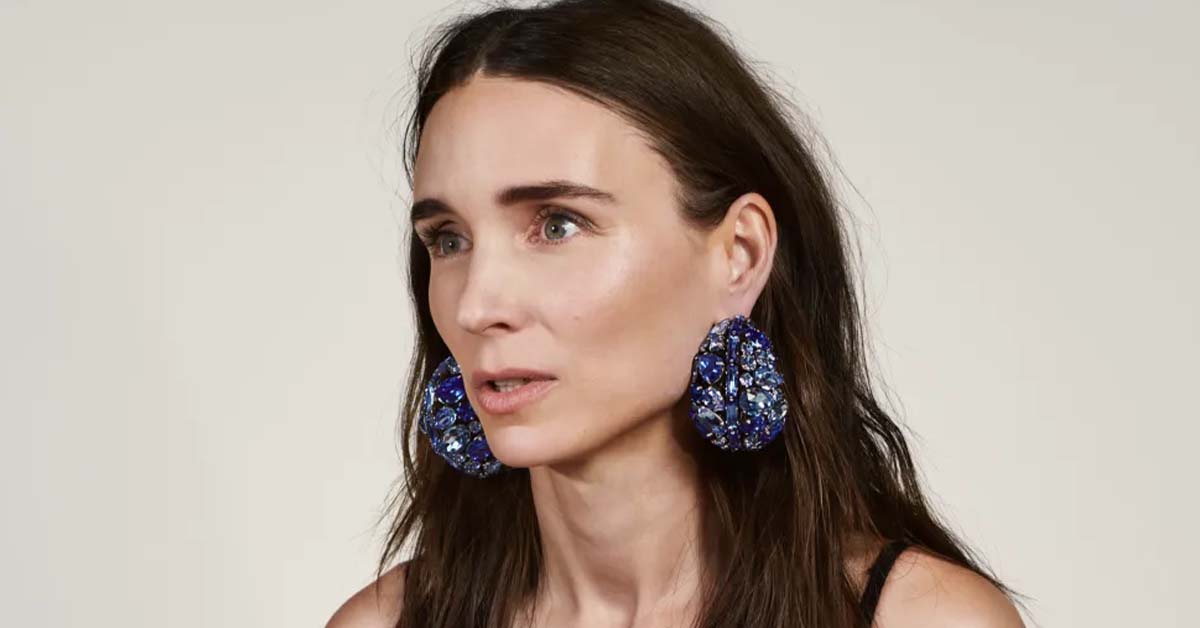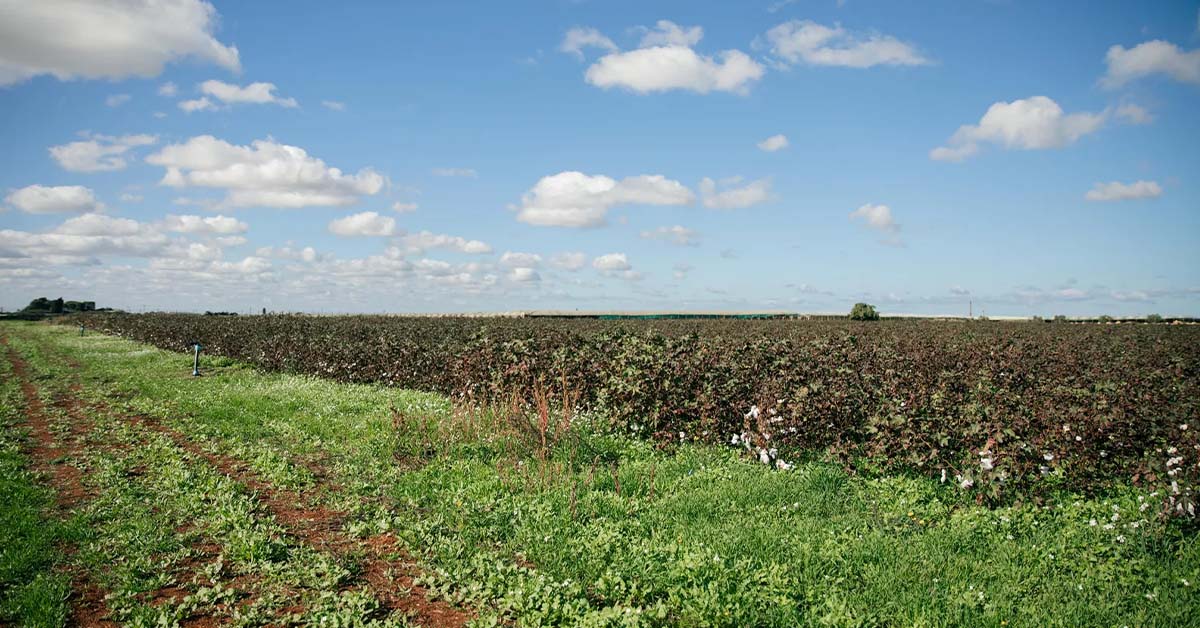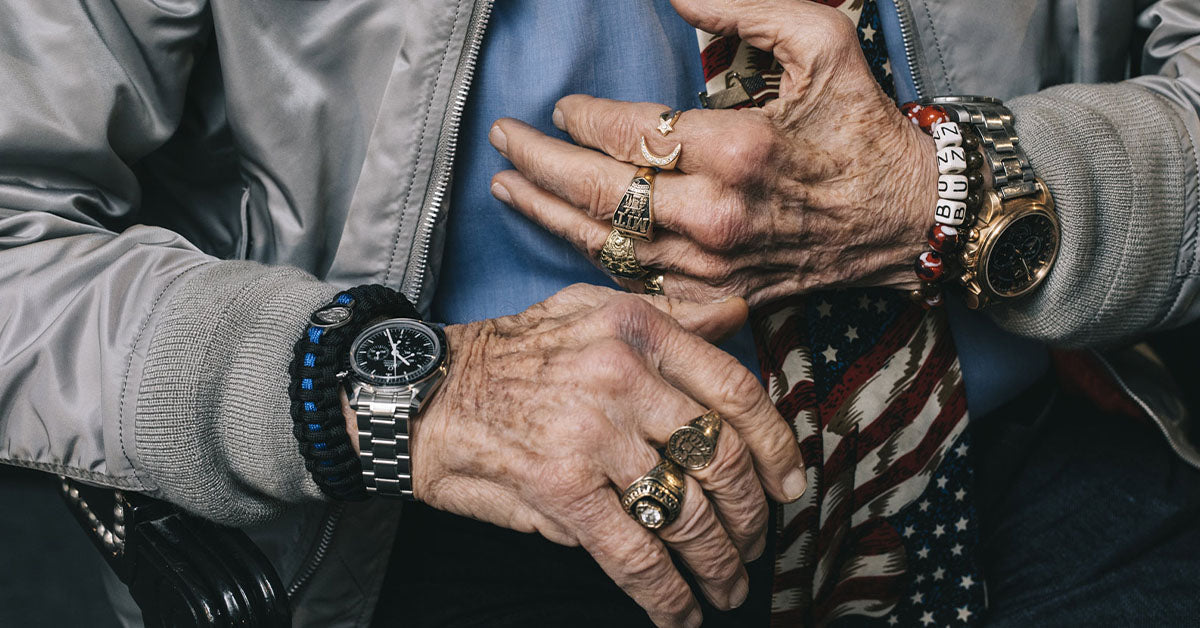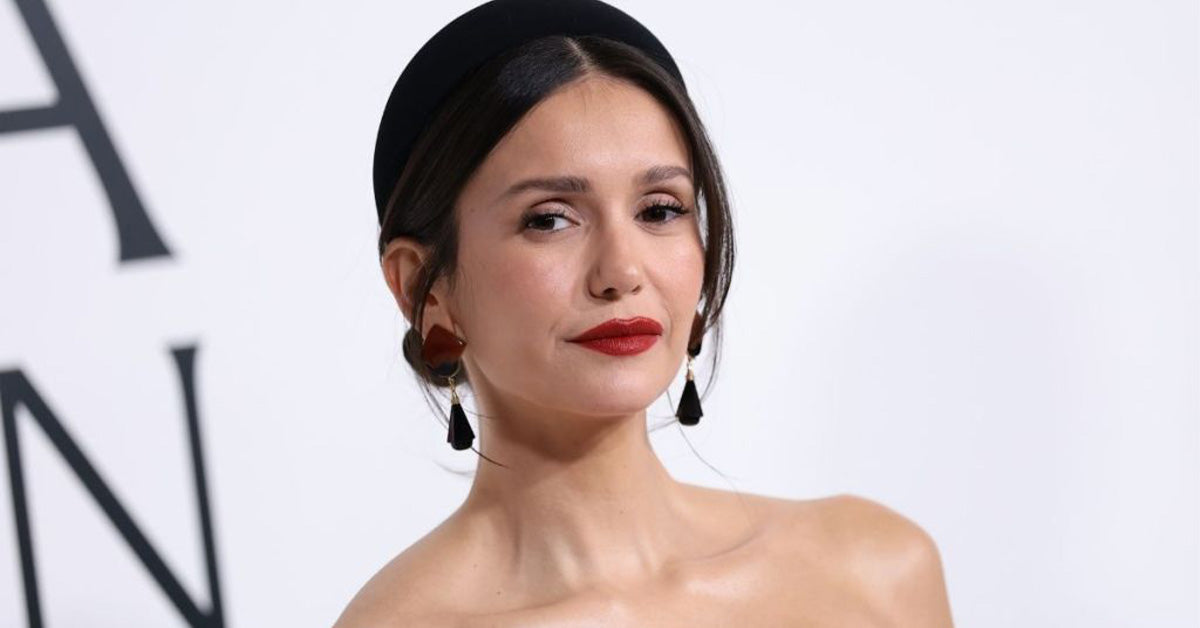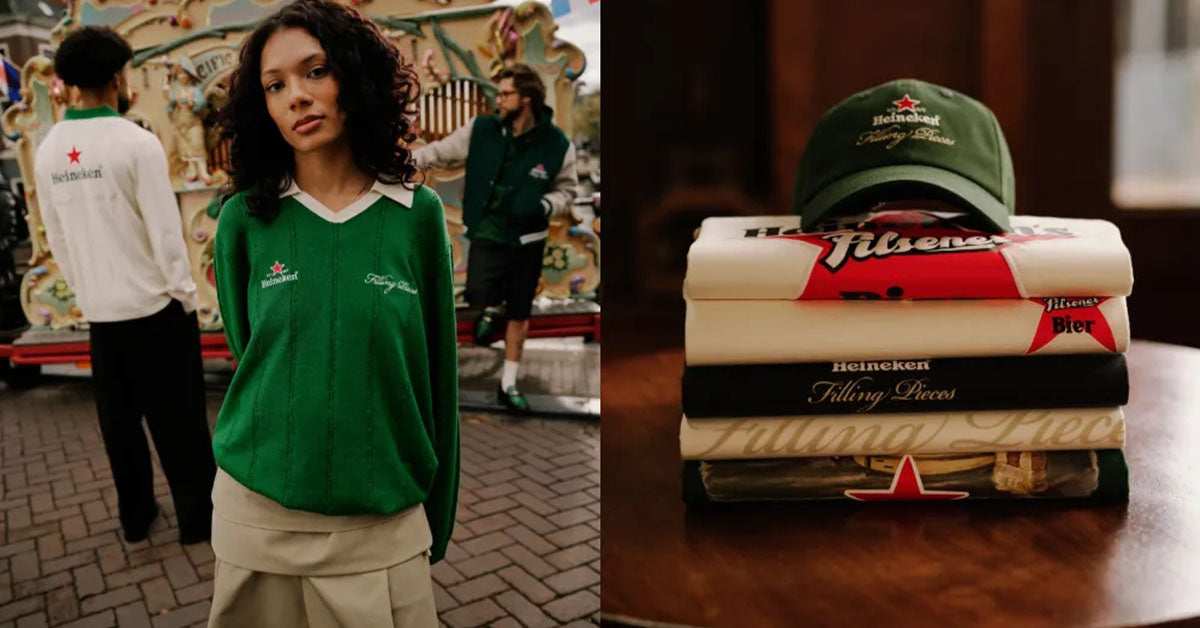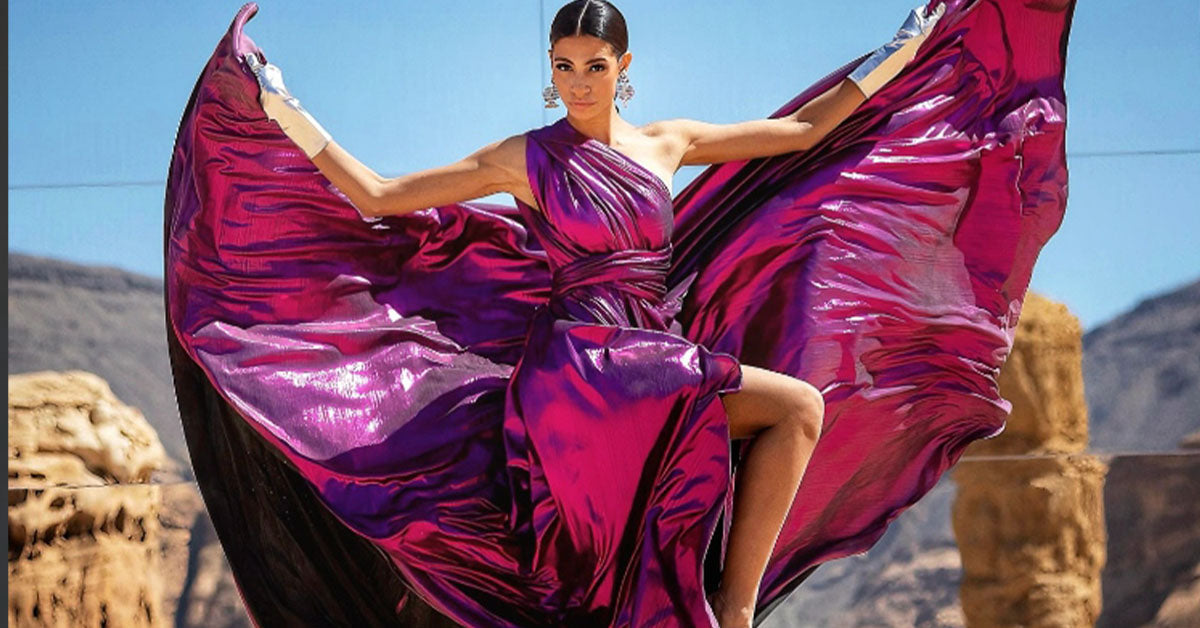Explore with AI & Follow Us
Introduction to the Cloak
The cloak is one of the most enduring and versatile garments in fashion history. With its roots tracing back to ancient civilizations, the cloak has evolved over centuries, transitioning from a practical necessity to a symbol of elegance, mystery, and power. Today, the cloak is celebrated not just for its functionality but also for its dramatic aesthetic appeal.
But what exactly is a cloak? How does it differ from similar garments like capes or shawls? In this in-depth guide, we'll explore the origins, characteristics, and modern significance of the cloak, shedding light on why it remains an iconic piece in the world of fashion.
The Definition of a Cloak
A cloak is a type of outer garment that drapes loosely over the shoulders and falls to varying lengths, often extending to the knees or ankles. Unlike jackets or coats, cloaks are typically sleeveless and fastened at the neck or across the chest with a clasp, tie, or button. Their primary purpose historically was to provide warmth and protection from the elements, but they have also been used as a form of ceremonial or symbolic attire.
The History of the Cloak: From Function to Fashion
The cloak's history is as rich and varied as the cultures that embraced it. Here's a quick overview of its journey through time:
- Ancient Times: Cloaks were worn by ancient civilizations such as the Greeks, Romans, and Egyptians. They were often made of wool, linen, or animal hides and served as practical outerwear for protection against weather.
- Medieval Europe: In the Middle Ages, cloaks became a staple of both commoners and nobility. While peasants wore simple, woolen cloaks, members of the aristocracy donned elaborately embroidered versions made of luxurious fabrics.
- Renaissance and Beyond: During the Renaissance, cloaks took on more decorative roles. They became a status symbol, with intricate patterns, rich colors, and fine materials like velvet and silk.
- 19th and 20th Centuries: In modern fashion history, cloaks were reimagined for both practicality and theatricality. They were popularized in literature and film, often associated with characters like Dracula or superheroes.
Main Characteristics of a Cloak
What sets a cloak apart from other outerwear? Here are its defining features:
- Sleeveless: Unlike coats or jackets, cloaks are designed without sleeves, allowing for free movement.
- Length: Cloaks can range from short versions that fall to the waist to long, floor-length designs.
- Fastening: Most cloaks are fastened at the neck or chest, often with a clasp, brooch, or tie.
- Fabric: They are typically made from heavier materials like wool for warmth, though lightweight versions exist for ceremonial use.
- Design: Cloaks are usually simple in structure, relying on their draping effect for visual impact.
Modern Interpretations of the Cloak
In contemporary fashion, the cloak has undergone a stylish transformation. Designers have embraced its dramatic silhouette, incorporating it into haute couture, streetwear, and even bridal collections. Cloaks now come in a variety of styles, from minimalist and modern to bold and avant-garde.
Some popular modern uses of cloaks include:
- Runway Fashion: Designers like Alexander McQueen and Valentino have featured cloaks in their collections, showcasing their timeless elegance.
- Costume and Film: Cloaks remain a staple in fantasy and historical films, adding an air of mystery and drama to characters.
- Winter Wear: Practical yet stylish, cloaks are a chic alternative to coats during colder months.
Why the Cloak Remains Relevant Today
The enduring appeal of the cloak lies in its versatility and ability to transcend time and trends. Whether worn as a functional garment or a fashion statement, the cloak's dramatic silhouette and rich history make it a standout piece in anyone's wardrobe. It’s a testament to the idea that fashion can be both practical and artistic.
Frequently Asked Questions About Cloaks
-
Q: What is the difference between a cloak and a cape?
A: While both are sleeveless outer garments, a cloak is typically longer and fastened at the neck or chest, whereas a cape is shorter and often draped over the shoulders without fastening.
-
Q: Are cloaks still fashionable today?
A: Yes, cloaks have made a comeback in modern fashion, appearing in both high fashion and everyday wear. They are often used as statement pieces.
-
Q: What materials are cloaks made of?
A: Traditional cloaks were made of wool or animal hides for warmth, while modern versions can be made from materials like velvet, silk, or even synthetic fabrics.
-
Q: Can cloaks be worn year-round?
A: Lightweight cloaks made of breathable fabrics can be worn in warmer weather, while heavier wool or fleece versions are ideal for winter.
-
Q: How do you style a cloak?
A: Cloaks can be styled over formal or casual outfits. Pair a long, dramatic cloak with evening wear for a regal look, or use a shorter version to elevate your everyday ensemble.
Explore with AI & Follow Us

